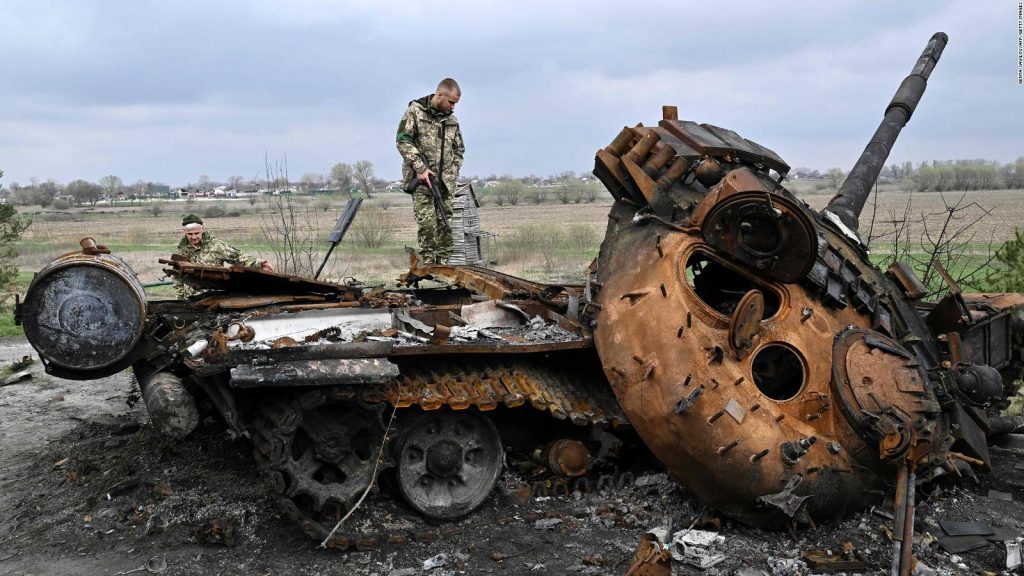 Now that the initial momentum has been spent and replaced by attrition (on both sides), it is possible to speculate about the outcome of the war everyone has been talking about for the last few months.
Now that the initial momentum has been spent and replaced by attrition (on both sides), it is possible to speculate about the outcome of the war everyone has been talking about for the last few months.
So here we go.
Outcome No 1. The Ukrainians, supported by the West, succeed in pushing the Russians out and accomplishing their stated objective, which is to reassert their territorial integrity. Whereupon peace talks get under way and everyone goes home happily enough; this is the way eighteenth century “cabinet wars” used to end. Unfortunately, given the Russians’ shorter lines of communication as well as their superior firepower, this outcome is the most unlikely of all.
Outcome No 2. A variant of this outcome is the possibility that internal developments in Russia will lead to a change of policy. Some of Putin’s collaborators, disappointed with the lack of progress and worried about the long-range prospects of their country (and themselves, of course) mount a coup. Or else the combination of reluctant troops with popular discontent forces them to change course. Speculation about this scenario, particularly the one that sees Putin being forced out of office by illness, has ben rife for months.
Outcome No. 3. As both sides keep sending in reinforcements, stalemate ensues. This, in fact, is the situation at present As time goes on, the populations of more than one NATO country begin to realize the full cost, economic and social and political, of supporting Ukraine. Dissenting voices begin to be heard and cannot be silenced. Making their way from the bottom upward, they cause part of the leadership to wonder how long this can go on. As discontent spreads Kiev’s own allies start putting it under pressure. By way or doing so they may even start reducing or delaying aid. Think of the American retreats from Vietnam (where they abandoned their South Vietnamese allies), Iraq (where, back in 1991, they did the same to the Shiites), Afghanistan (where they simply left) and Iraq again. Deprived of Western support, the Ukrainians are forced to make the best peace they can.
Outcome No 4. Reorganizing and bringing their full resources to bear, the Russians renew their offensive. No more attempts to end the war with a singe mighty strike. Proceeding systematically and using artillery in order to reduce their own casualties, they attack one city after another to force it to surrender or, if that does not work, reduce it to rubble. Ukraine cracks under the pressure. The government is forced to flee. Terrorism and guerrilla warfare get under way and are suppressed, albeit at the cost of almost unimaginable death, suffering and destruction. As used to be said of the Romans, they made a desert and called it peace.
Outcome No. 5. Terrorism and guerrilla get under way. However, thanks largely to Ukraine’s large size and long borders with NATO countries, they cannot be suppressed any more than they could in any number of post-1945 wars. Long-term chaos ensues and may spread to neighboring countries.
Not only may any of these happen, but they may do so in an endless number of combinations and variations. Truth to say, qui lo sa?
